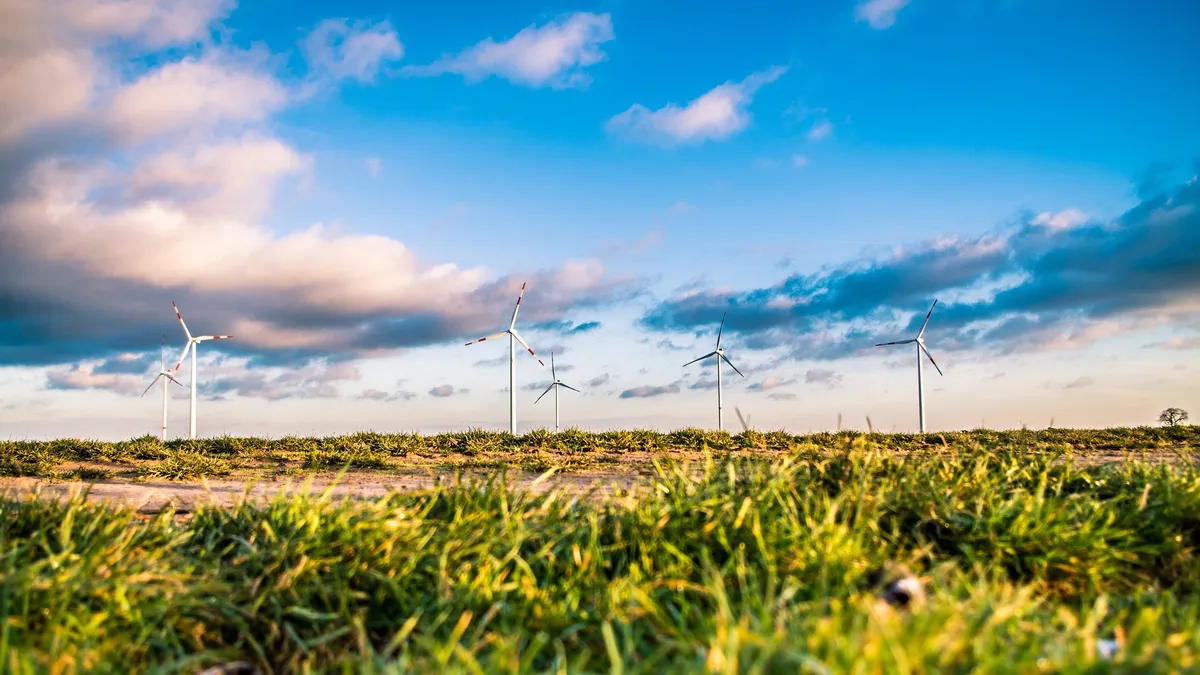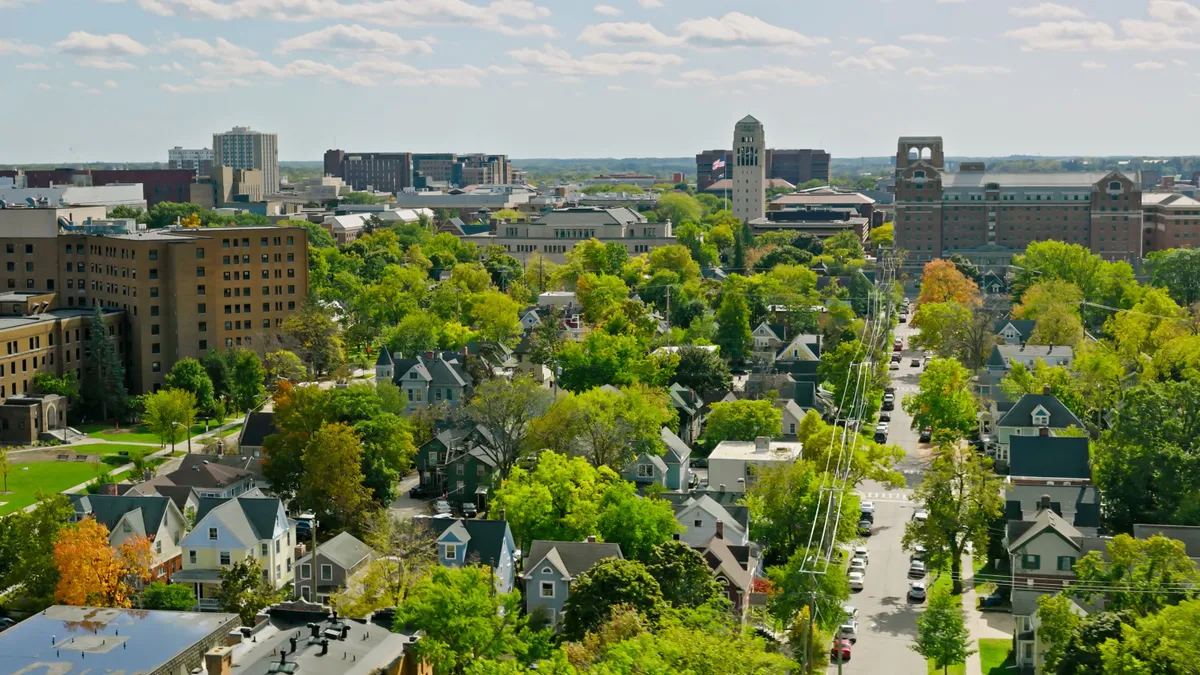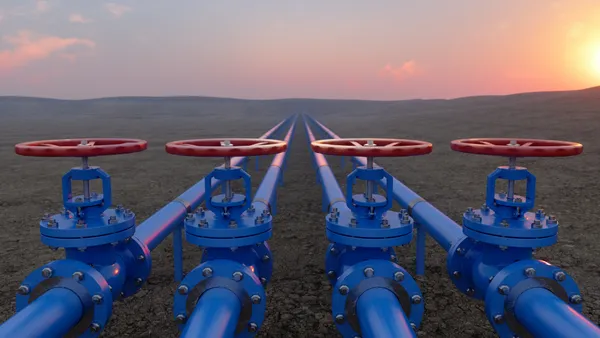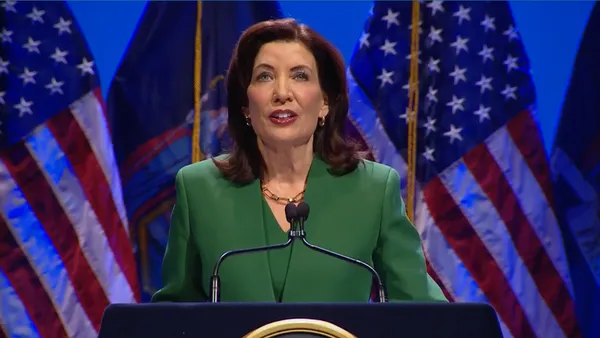Dive Brief:
-
RES Americas has pulled the plug on a 600 MW wind farm in Indiana, citing "interconnection issues."
-
The wind project became a center of controversy in Cass and Miami counties where the project was sited and where some landowners were looking forward to tax revenues and lease payments from the wind farm.
- Other residents of the counties opposed the project for the effect it would have on their property even if they were not hosting a wind turbine.
Dive Insight:
Setbacks have been a contentious issue for wind power for decades. In Ohio, a bill introduced in the spring would relax setback requirements that have brought wind development in the state to a standstill.
There is no similar state level bill in Indiana, but setback issues played a significant role in the development of RES Americas' now canceled Wind Harvest project. Residents in the affected counties rallied against the project, challenging local county commissioners and creating a Facebook page to help make their case.
The setback requirements in Indiana call for a 600 foot wind turbine to be 900 feet from a property line and 1,200 feet from a residence. One of the issues, however, is that setback not only affects landowners who decide to host a wind turbine, it could also affect adjacent, non-host landowners. In some circumstances, the placement of a wind turbine on a neighbor's land could restrict a landowner from building on his own property.
Some property owners in Cass County sued the county commissioners over the issue, calling it an unconstitutional taking of property by the government.
"It doesn't make any sense for a power or wind company to be able to build 60 feet from a property line and when you want to build your dream home, you won't be able to," Stephen Snyder, a partner with Snyder Morgan Federoff & Kuchmay, who represented the property owners, told Utility Dive.
As contentious as the setback issue is, RES did not cite it in its decision to pull the plug on the Indiana project. "While there were several technical issues at hand, the decision was based primarily on interconnection issues," RES spokeswoman Alicia Rivera told Utility Dive via email.
Asked if RES would look for another site for the Harvest Wind project, Rivera said, "We have delivered more than 16 GW of renewable energy capacity worldwide and will continue to lead the transition to a future where everyone has access to affordable low carbon energy."
But as developers search for sites with good wind regimes and nearby transmission connections, battles that pit neighboring landowners against each other could become more common. That at least is the case in Indiana, where open farm country and rural communities are often found side by side. It is not uncommon to find a 400 acre parcel with 15 homes adjacent to it, Snyder said.














